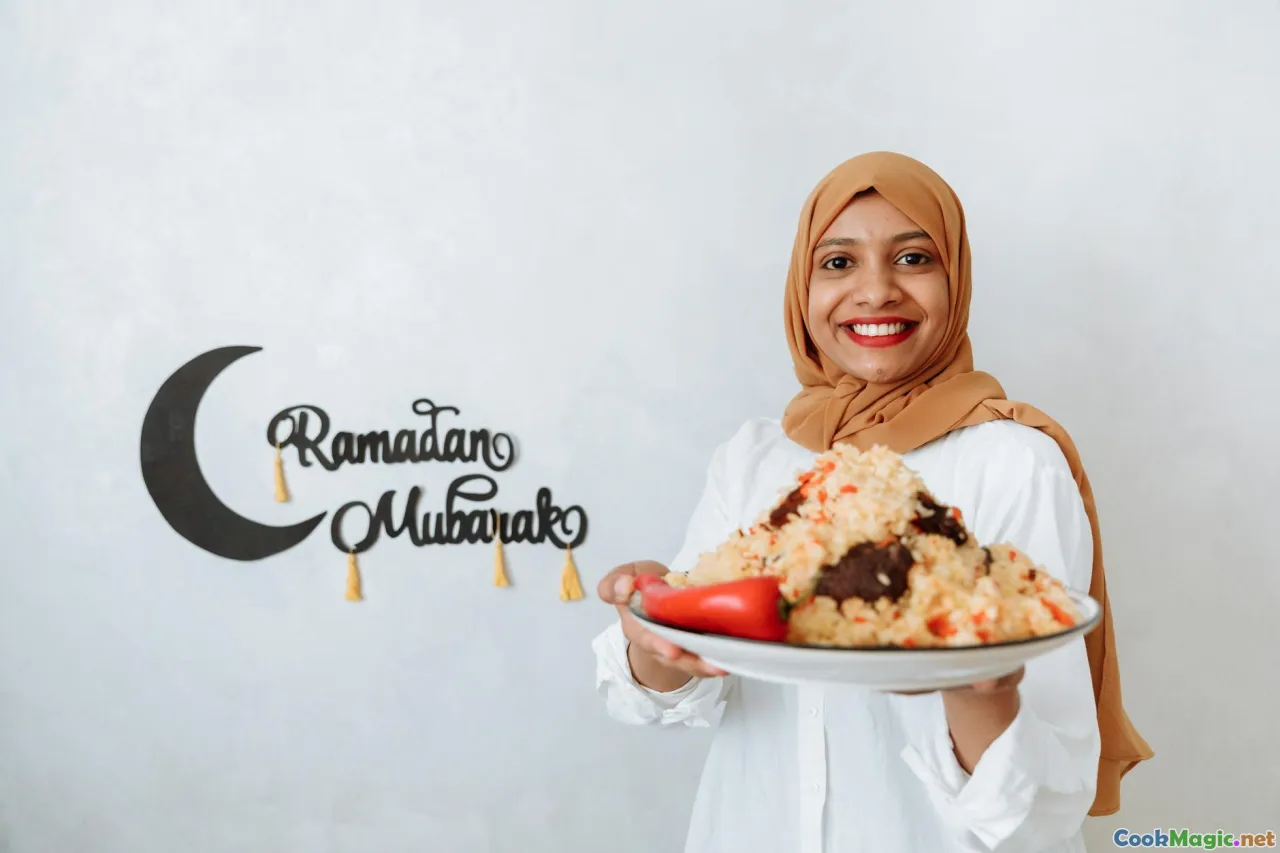The Art of Rice and Peas in Nevisian Households
8 min read Discover the rich cultural heritage and vibrant flavors behind Nevisian rice and peas, a beloved staple in local households and celebrations. April 26, 2025 10:55
The Art of Rice and Peas in Nevisian Households
Imagine waking up to the comforting aroma of simmering rice infused with fragrant spices, mingling with the earthy scent of tender peas, filling the cozy kitchen of a Nevisian home. This humble yet profoundly significant dish embodies more than just sustenance; it encapsulates centuries of history, cultural identity, and communal bonding. For many Nevisians, rice and peas are not merely food—they are a living testament to tradition, resilience, and the warmth of home.
The Cultural Significance of Rice and Peas in Nevisian Society
In Nevis, a small island nestled in the Caribbean, food is a powerful vessel of cultural expression. The island’s culinary landscape is a tapestry woven with African, European, and Indigenous influences, and rice and peas occupy a central place in this mosaic.
This dish is often reserved for special occasions—festivals, family gatherings, and Sunday feasts—serving as a symbol of community and continuity. The act of preparing rice and peas is a ritual passed down through generations, a way of honoring ancestors and celebrating island life. It is common to see grandmothers meticulously measuring ingredients, recalling stories of their youth while stirring pots over open flames.
Historical Roots and Evolution
The origins of rice and peas in Nevis trace back to the African diaspora, where enslaved Africans brought rice cultivation and culinary techniques that have since become integral to Caribbean cuisine. The use of kidney beans or pigeon peas, along with coconut milk and spices, reflects African influences blended with European staples like rice.
Over centuries, this dish has evolved, absorbing local ingredients and cooking methods. Today, Nevisian rice and peas often feature a unique twist—such as the addition of local herbs like thyme or the incorporation of Caribbean hot peppers for a subtle heat—making it a dish that is both rooted in tradition and dynamically vibrant.
The Ingredients and Their Significance
Rice
Long-grain rice is preferred for its fluffy texture and ability to soak up flavors. It symbolizes abundance and sustenance, often serving as the foundation for many Nevisian meals.
Peas
Pigeon peas are the classic choice, valued for their hearty texture and earthy flavor. They are more than mere ingredients; they are a connection to the land and the resilience of the island’s farming communities.
Coconut Milk
Rich, fragrant, and slightly sweet, coconut milk imparts a distinctive Caribbean aroma and creaminess, elevating the dish to a sensory experience.
Spices and Herbs
Thyme, allspice, garlic, and Scotch bonnet peppers are commonly used, each adding layers of flavor and a touch of local spice—an essential characteristic of Nevisian cuisine.
The Cooking Technique: A Reflection of Patience and Skill
Preparing rice and peas is an art that requires patience and attentiveness. The process typically begins with soaking the peas overnight, allowing them to soften and absorb flavors. Once soaked, they are cooked slowly with aromatic herbs, garlic, and sometimes salted meat or smoked fish, which imparts depth.
The rice is added once the peas are tender, simmered gently until the grains are fluffy and the liquid has been absorbed. This slow cooking process ensures that the flavors meld beautifully, creating a harmonious dish with a perfect balance of textures—the tender peas, fluffy rice, and fragrant broth.
Personal Anecdotes and Family Traditions
Growing up in Nevis, I remember my grandmother meticulously preparing rice and peas every Sunday. The kitchen would fill with the warm scent of thyme and coconut, inviting neighbors and family friends to gather around.
One of my fondest memories is sitting on the veranda, watching her stir the pot with a wooden spoon, humming a traditional song passed down through generations. It was more than just a meal; it was a ritual of love and togetherness.
In many households, the dish is also a canvas for personal touches—adding local hot peppers for spice, a splash of lime for brightness, or even a handful of chopped callaloo for extra greens. Each family’s recipe is a story, a reflection of their heritage and personality.
Serving and Enjoying Rice and Peas
Traditionally, rice and peas are served alongside other local favorites such as fried plantains, saltfish, or curried meats. They are often the centerpiece of a communal table, shared with laughter and storytelling.
The dish’s versatility allows it to be a main course or a side, but its true magic lies in its role as a unifier—bringing family and friends together in celebration of Nevisian culture.
The Modern Twist and Culinary Revival
Today, chefs and home cooks alike are reimagining rice and peas, incorporating contemporary ingredients and presentation styles while respecting the dish’s roots. Vegan and gluten-free adaptations are also emerging, emphasizing sustainability and health.
Yet, no matter how it is transformed, the essence remains the same—a soulful dish that embodies the spirit of Nevis.
Final Reflections
In every grain of rice and every tender pea, there is a story—a story of resilience, community, and the enduring power of tradition. Nevisian rice and peas are more than just food; they are a cultural emblem, a taste of history served with love.
So next time you indulge in this humble yet profound dish, remember that you are savoring a piece of Nevisian soul—a culinary testament to the island’s rich heritage and vibrant future.









